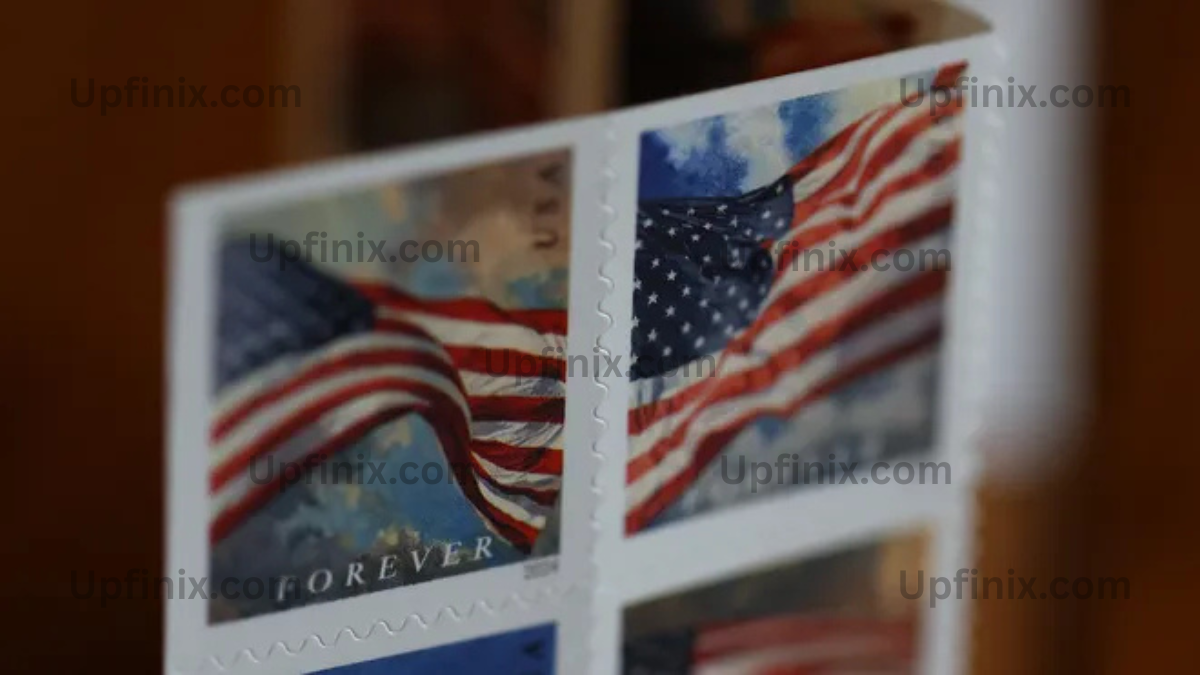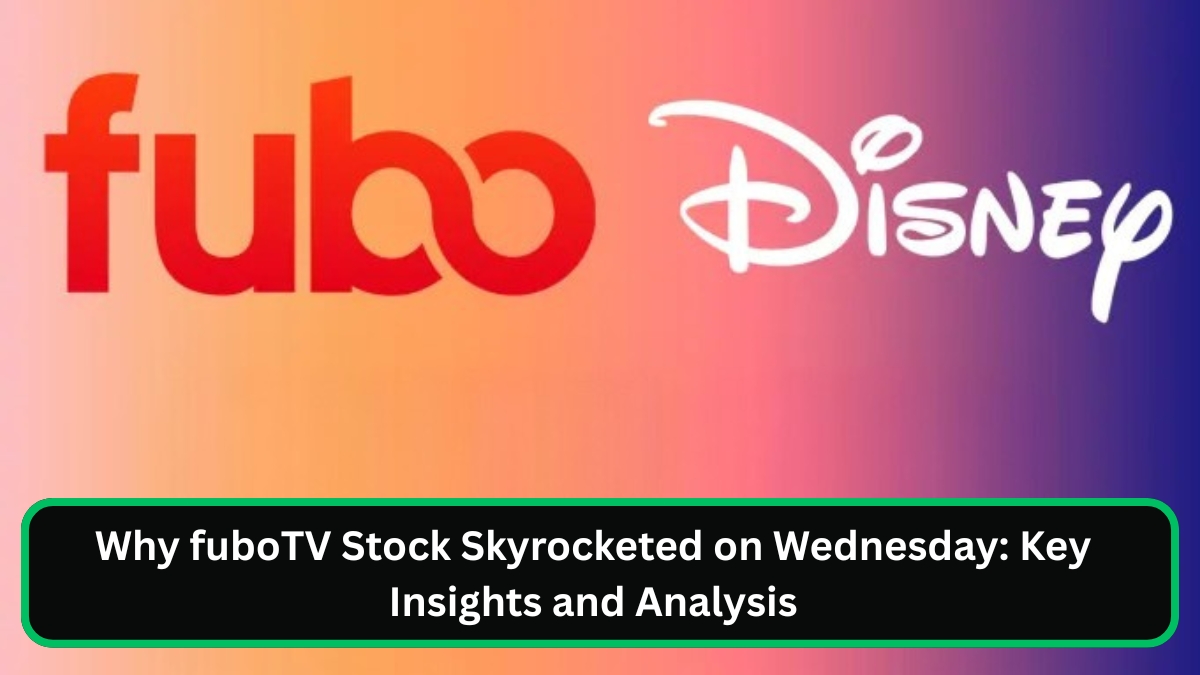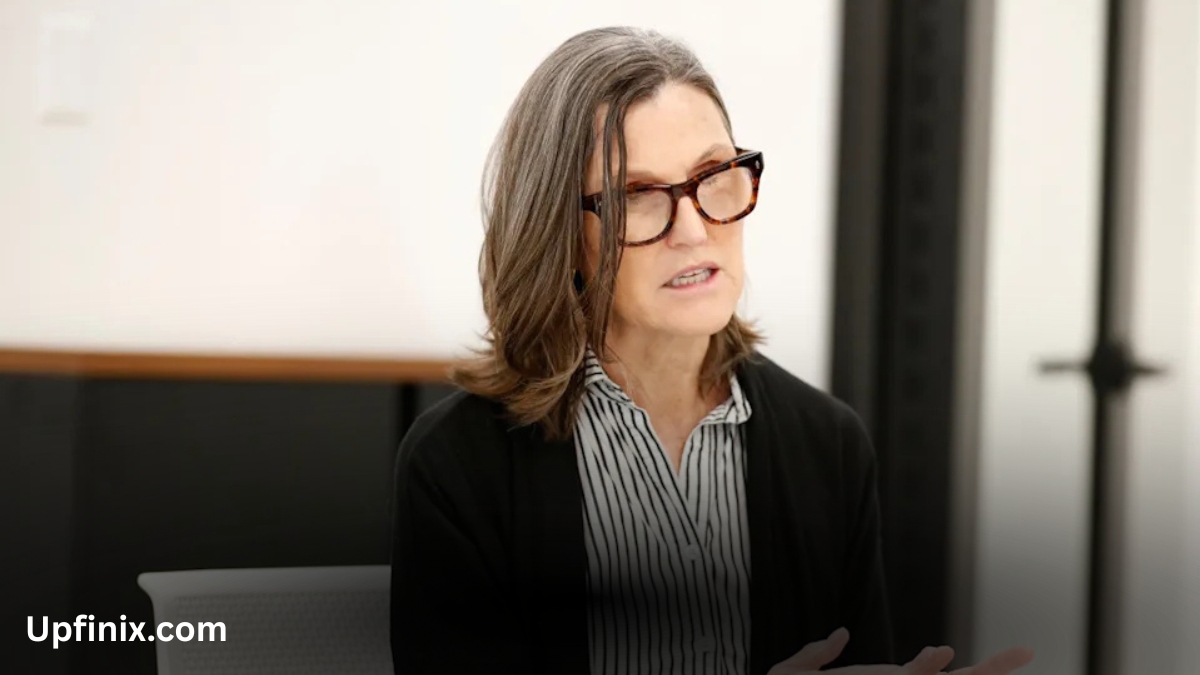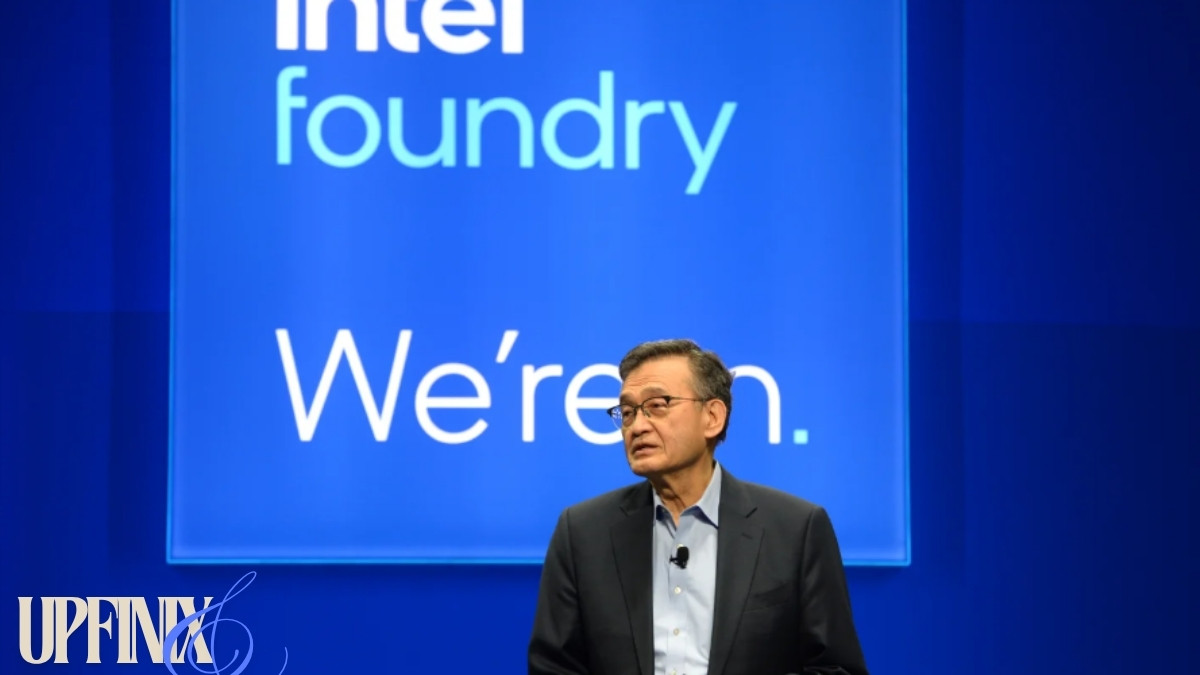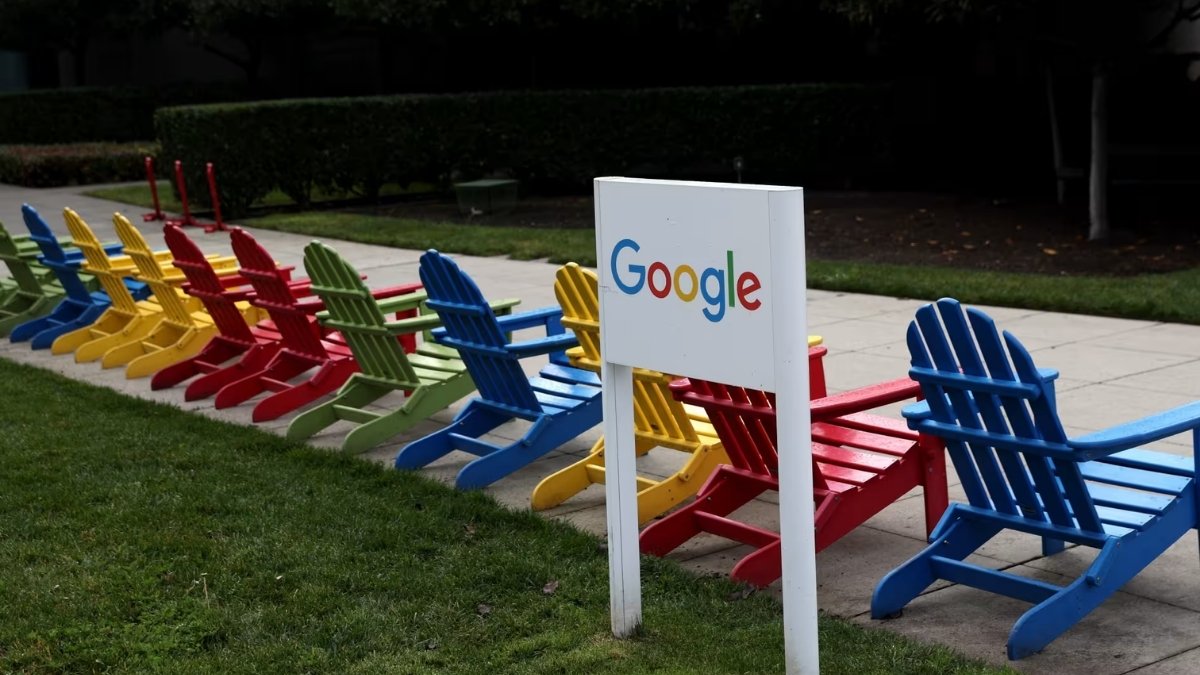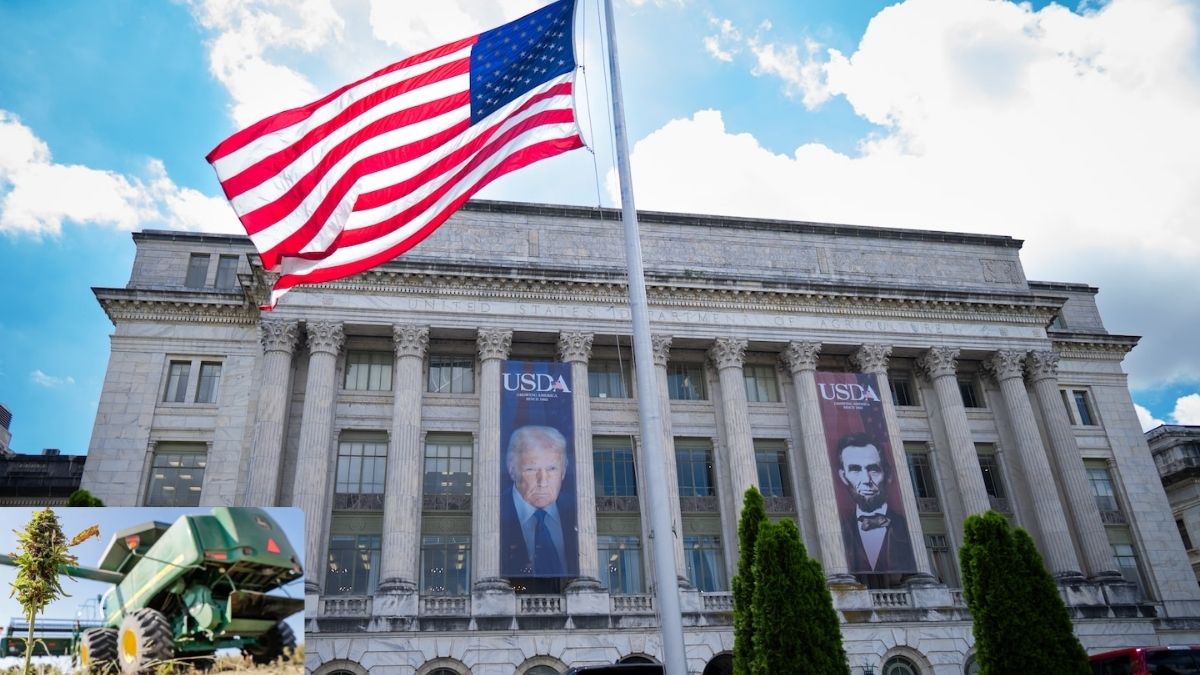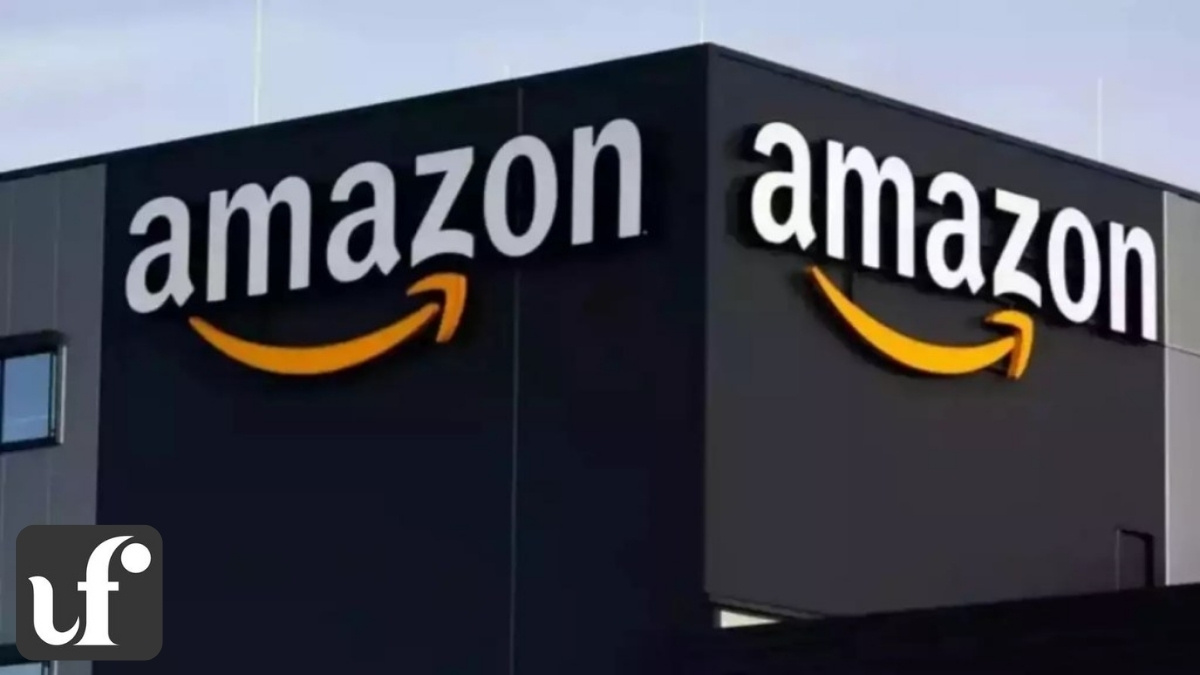Are you feeling the pinch of rising costs everywhere, from groceries to gas? Well, brace yourself because the United States Postal Service (USPS) is joining the trend with a significant stamp price hike set to take effect in 2025. If you’re someone who still values the charm of sending a handwritten letter or relies on mail for business, this news hits close to home. The cost of a First-Class Forever stamp is jumping from 73 cents to 78 cents starting July 13, 2025—a 5-cent increase that might seem small but adds up quickly, especially for frequent mailers. But why is this happening, and what does it mean for you? In this article, we’ll break down everything you need to know about the USPS stamps price hike, from the reasons behind it to practical tips on how to navigate these changes without breaking the bank. Stay with us as we explore the ins and outs of this postal update and help you stay ahead of the curve.
Table of Contents
Understanding the USPS Stamp Price Hike
What Is the USPS Stamp Price Hike?
The USPS stamp price hike refers to the increase in the cost of postage stamps, specifically the First-Class Forever stamps, which are used for mailing standard letters. As of July 13, 2025, the price of these stamps will rise from 73 cents to 78 cents. This 5-cent increase is part of a broader adjustment that affects various mailing and shipping services provided by the USPS. The price hike isn’t limited to stamps; it also impacts postcards, international mail, and shipping services like Priority Mail and USPS Ground Advantage. The overall increase in mailing services is approximately 7.4%, making it one of the most significant rate adjustments in recent years.
When Will the Price Hike Take Effect?
The new rates will officially go into effect on Sunday, July 13, 2025. This date marks the beginning of the increased prices for USPS stamps and other postal services. It’s worth noting that this is just the first in a series of planned rate hikes. The USPS has outlined a schedule for additional increases every January and July through December 2027. This means that consumers can expect further adjustments in the coming years, making it crucial to stay informed about these changes.
Read More: – Ethereum Projections 2025: Price, Trends & Tech Insights
Why Is the USPS Raising Stamp Prices?
The primary reason behind the USPS stamp price hike is to address the organization’s ongoing financial challenges. Despite being a vital service that delivers to nearly 169 million addresses across the United States, the USPS has faced significant financial losses in recent years. In fiscal year 2024, the USPS reported a staggering $9.5 billion net loss, up from $6.5 billion the previous year. These losses are attributed to a decline in mail volume, increased operational costs, and the need to modernize its infrastructure. The price hike is part of the USPS’s “Delivering for America” 10-year strategic plan, which aims to achieve financial sustainability while maintaining reliable service. By increasing rates, the USPS hopes to generate the revenue needed to cover its expenses and invest in necessary improvements.
The Impact of the Price Hike on Consumers and Businesses
How Will the Price Hike Affect Consumers?
For everyday consumers, the stamp price hike means that sending letters and postcards will become more expensive. A 5-cent increase per stamp might not seem like much, but for those who frequently use the mail—such as individuals sending out wedding invitations, holiday cards, or paying bills—the costs can add up quickly. For example, if you’re planning a wedding and need to send out 100 invitations, the additional cost would be $5 more than before. Additionally, the increase in postcard rates from 56 cents to 61 cents will affect those who enjoy sending postcards while traveling or for business promotions. While these increases are manageable for occasional mailers, they can be a burden for those on tight budgets or who rely heavily on postal services.
What Does This Mean for Businesses?
Businesses that rely on the USPS for shipping and mailing will feel the impact more acutely. The 7.4% increase in mailing services and the hikes in shipping rates for services like Priority Mail and USPS Ground Advantage will lead to higher operational costs. For small businesses, in particular, these increases can squeeze already tight margins. Companies that send out large volumes of mail, such as newsletters, invoices, or marketing materials, will need to adjust their budgets accordingly. Moreover, e-commerce businesses that use USPS for shipping may need to pass on these increased costs to customers, potentially affecting sales and customer satisfaction. It’s essential for businesses to review their mailing and shipping strategies to mitigate the impact of these changes.
Real-World Example: Small Business Impact
Take Jane, a small business owner who runs an Etsy shop selling handmade cards. She sends out 200 packages a month using USPS Ground Advantage. With the new rates, her shipping costs could increase by $50-$100 monthly, depending on package weight and distance. To maintain profitability, Jane might need to raise her prices or find cheaper shipping alternatives, both of which could affect her customer base.
Historical Context: Stamp Price Increases Over the Years
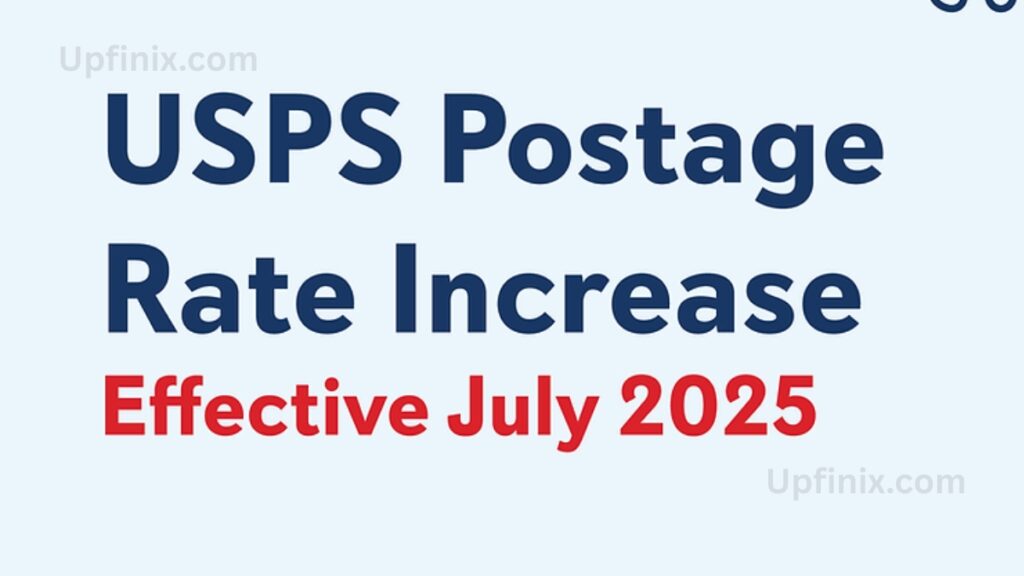
How Often Do Stamp Prices Increase?
Stamp price increases are not a new phenomenon. Since 2000, the USPS has adjusted stamp prices 20 times, with the upcoming hike in 2025 marking the 20th change. Notably, this will be the seventh increase since 2021, indicating a trend of more frequent adjustments in recent years. Historically, between the 1970s and 2000, stamp prices increased three to four times per decade, but the pace has accelerated in the 21st century due to various economic pressures and operational challenges faced by the USPS.
What Were the Previous Price Hikes?
To understand the current situation, it’s helpful to look back at recent price hikes:
- January 2024: Stamp prices increased from 66 cents to 68 cents.
- July 2024: Another increase brought the price to 73 cents.
- July 2025: The upcoming hike will raise the price to 78 cents.
This pattern of biannual increases is part of the USPS’s strategy to gradually adjust rates in response to financial needs. If this trend continues, some experts predict that the price of a single stamp could reach $1.19 by 2030, which would significantly impact both consumers and businesses.
Price Trend Table
| Year | Stamp Price (Cents) |
|---|---|
| Jan 2024 | 68 |
| Jul 2024 | 73 |
| Jul 2025 | 78 |
| Projected 2030 | 119 (est.) |
Reactions and Controversies Surrounding the Price Hike
Public and Industry Reactions
The announcement of yet another stamp price hike has sparked mixed reactions. Consumers are understandably frustrated by the continuous increases, especially as they coincide with broader economic challenges like inflation. On social media platforms like X, users have expressed their discontent, with some humorously noting that Forever stamps might be the best inflation-protected security issued by the government. Meanwhile, industry groups and advocacy organizations, such as Keep US Posted, have urged the incoming Postmaster General to reconsider the price hike, arguing that it could further strain consumers and businesses already grappling with rising costs.
Also Read: – University of Arizona: Your Guide to UofA in 2025
Political and Regulatory Perspectives
The USPS operates under the oversight of the Postal Regulatory Commission (PRC), which approves rate changes. However, the frequent price hikes have drawn criticism from some lawmakers and consumer advocates who believe the current rate adjustment system needs reform. For instance, former Congressman Kevin Yoder, now leading Keep US Posted, has called for a review of the “Delivering for America” plan and a freeze on further increases. There are also concerns that the USPS’s financial struggles could lead to more drastic measures, such as privatization, which could have far-reaching implications for postal services and accessibility.
How to Navigate the Price Hike: Tips and Strategies
Stock Up on Forever Stamps
One Fagof the most straightforward ways to mitigate the impact of the stamp price hike is to purchase Forever stamps before the increase takes effect. Forever stamps are always valid for the current First-Class postage rate, regardless of when they were bought. By stocking up now, you can lock in the current rate and save money in the long run. Retailers like Costco are even offering members extra time to purchase stamps at the current price, with deals extending through July 28, 2025. This is particularly beneficial for those planning large mailings, such as wedding invitations or holiday cards.
Explore Alternative Mailing Options
For businesses and frequent mailers, exploring alternative mailing options can help reduce costs. Consider using bulk mail rates for large volumes, which often offer discounts compared to individual stamp purchases. Additionally, digital alternatives like email or electronic billing can reduce the need for physical mail altogether. For those who still need to send physical items, comparing rates between USPS and private carriers like UPS or FedEx might reveal more cost-effective options, especially for packages.
Take Advantage of USPS Promotions
The USPS offers various promotional programs that can help offset the cost of mailing. For example, the Informed Delivery program allows businesses to integrate their mail campaigns with digital previews, potentially earning discounts. According to the USPS, Informed Delivery can increase reach by 13% and response rates by 37%, making it a valuable tool for marketers. By participating in these programs, businesses can not only save on postage but also enhance the effectiveness of their mail campaigns.
The Future of USPS and Postal Services
What’s Next for USPS?
The USPS is at a critical juncture, balancing the need for financial stability with the demand for affordable and reliable service. The “Delivering for America” plan outlines a series of reforms, including infrastructure investments, service improvements, and, notably, regular rate adjustments. While these measures aim to secure the USPS’s future, they also raise questions about accessibility and affordability, particularly for rural and low-income communities that rely heavily on postal services. As the USPS navigates these challenges, it will be essential to monitor how these changes impact both the organization and its customers.
Potential Long-Term Implications
If the trend of biannual price hikes continues, the cost of mailing could become prohibitive for some users, potentially accelerating the decline in mail volume. This, in turn, could create a vicious cycle where decreased usage leads to further financial strain on the USPS, prompting even more rate increases. On the other hand, if the USPS can successfully implement its modernization efforts and stabilize its finances, it may be able to slow or even reverse this trend. The appointment of a new Postmaster General, David Steiner, who takes office on July 14, 2025, could also influence the direction of the USPS, particularly regarding pricing strategies and operational reforms.
FAQs
1. Why is the USPS raising stamp prices again in 2025?
The USPS is raising stamp prices to address its ongoing financial challenges. The organization has faced significant losses, including a $9.5 billion net loss in fiscal year 2024, due to declining mail volume and increased operational costs. The price hike is part of the “Delivering for America” plan, which aims to achieve financial sustainability through regular rate adjustments and operational improvements. By increasing prices, the USPS hopes to generate the revenue needed to cover its expenses and invest in modernization efforts, such as updating its aging fleet and improving delivery efficiency. Critics argue that these frequent hikes could alienate customers, but the USPS maintains that they are necessary to maintain service levels in the face of rising costs and competition from private carriers.
2. How much will stamps cost after the 2025 price hike?
Starting July 13, 2025, the price of a First-Class Forever stamp will increase from 73 cents to 78 cents. This 5-cent increase is part of a broader adjustment that also affects postcards, international mail, and shipping services. For example, postcard rates will rise from 56 cents to 61 cents, and international letters will increase by 5 cents to $1.70 for the first ounce. The overall mailing services increase averages 7.4%, reflecting the USPS’s need to offset its financial losses. These changes will impact both individual mailers and businesses, particularly those with high mailing volumes. Staying informed about these rates can help you plan your mailing needs and budget accordingly.
3. Can I still use my old Forever stamps after the price increase?
Yes, Forever stamps are always valid for the current First-Class postage rate, regardless of when they were purchased. This means that if you buy Forever stamps before the price hike, you can still use them to mail letters after July 13, 2025, without needing to add extra postage. This makes stocking up on Forever stamps a smart way to save money in the long run, especially if you anticipate needing to send mail in the future. For example, purchasing 100 stamps at 73 cents before the hike saves you $5 compared to buying them at 78 cents later. It’s a simple yet effective strategy to beat the rising costs of USPS stamps.
4. Are there any ways to save on postage despite the price hike?
Absolutely! Here are a few strategies to help you save on postage despite the USPS stamp price hike:
• Buy Forever stamps before the price increase: Lock in the current rate by purchasing stamps before July 13, 2025.
• Use bulk mail rates: If you send large volumes of mail, consider using bulk mail services, which often offer discounted rates.
• Explore digital alternatives: For non-essential mail, switch to email or electronic billing to reduce your reliance on physical mail.
• Compare shipping options: For packages, compare rates between USPS and private carriers like UPS or FedEx to find the most cost-effective solution.
• Participate in USPS promotions: Programs like Informed Delivery can offer discounts and enhance the effectiveness of your mail campaigns.
These tips can help both individuals and businesses minimize the financial impact of the increased USPS rates while still meeting their mailing needs.
5. Will there be more price hikes in the future?
Yes, the USPS has planned a series of rate adjustments through December 2027, with increases scheduled every January and July. This means that consumers can expect further stamp price hikes in the coming years as part of the “Delivering for America” plan. The goal of these adjustments is to help the USPS achieve financial stability, but they also raise concerns about the long-term affordability of postal services. For instance, if the current pace continues, stamp prices could exceed $1 by the end of the decade. Staying informed about these changes and planning ahead—such as by stockpiling Forever stamps or optimizing mailing strategies—can help you manage the impact on your budget over time.
6. How does the USPS price hike compare to inflation?
While the USPS stamp price hike might seem steep, it’s important to consider it in the context of broader economic trends. Inflation has affected various sectors, and the USPS is not immune to rising costs for fuel, labor, and supplies. However, some critics argue that the frequency and magnitude of recent price hikes outpace general inflation rates. For instance, the price of a stamp has increased by over 10% in 2024 alone, which is higher than the average inflation rate of around 3-4% annually in recent years. This discrepancy has led to debates about whether the USPS’s pricing strategy is sustainable or if it risks alienating customers, particularly as digital communication continues to grow as an alternative.
Conclusion
The USPS stamp price hike set for July 13, 2025, is more than just a minor inconvenience—it’s a reflection of the broader challenges facing one of America’s most essential services. As the cost of a First-Class Forever stamp rises to 78 cents, both consumers and businesses must adapt to these changes. By understanding the reasons behind the increase, exploring cost-saving strategies, and staying informed about future adjustments, you can navigate this shift without feeling overwhelmed. Whether you’re a casual mailer or a business reliant on postal services, now is the time to plan ahead. Stock up on Forever stamps, explore alternative mailing options, and keep an eye on the USPS’s evolving strategies. Have thoughts or questions about the price hike? Share them in the comments below or subscribe to our newsletter for the latest updates on postal news and money-saving tips.
